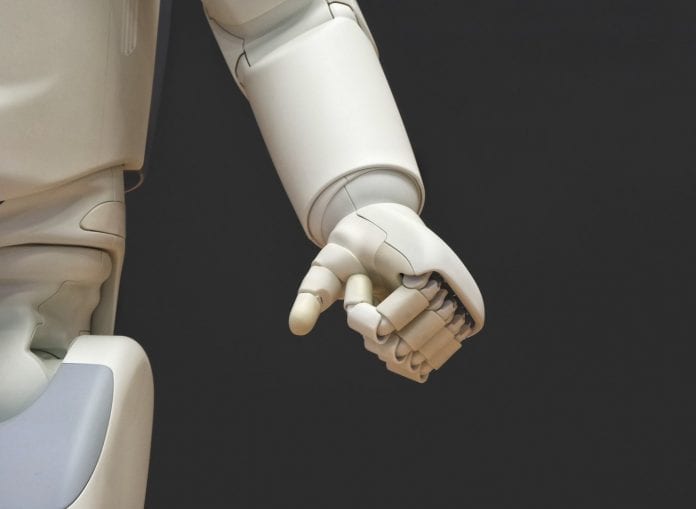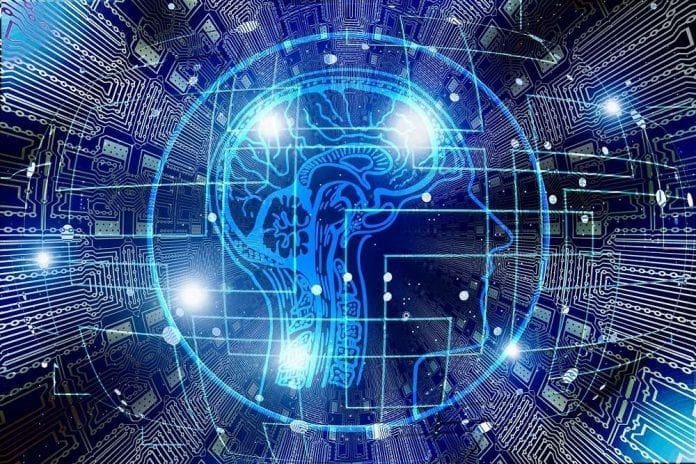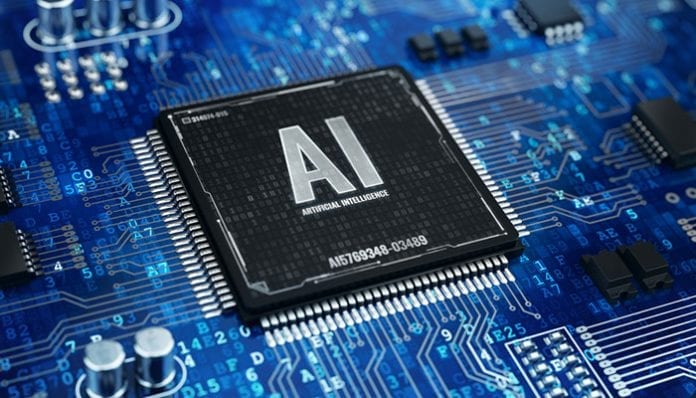The adoption of AI by governments is creating endless avenues for innovation in public service areas such as taxation. Government agencies can tap into the applications of AI and robotics to streamline tax processes, identify tax defaulters, alleviate work burden on employees in tax offices and predict tax burden.
For instance, governments can monitor and analyze the financial data of taxpayers using AI and robotics. Through monitoring and analysis of such data, it’s easy to determine tax defaulters or citizens who are filing less tax.

Applying AI in enhancing service provision in the public sector is not new. In the 1990s, postal services employed AI and robotics to read the handwriting on envelopes and automatically dispatch letters. Today, technology has grown and the uses of AI and robotics are broad.
Consequently, governments around the world are extending the uses of AI-enabled systems and robots into almost every area of public service. Besides taxation, health care, transport, and national defense are examples of other sectors that are benefiting from Artificial Intelligence and robotics.
In tax services, AI systems and machines can be deployed to engage different categories of taxpayers differently. For instance, using AI and robotics, it’s possible to identify citizens who have been reporting false incomes to alter tax figures. Since the systems give accurate information, there will be no need for laborious investigations. Therefore, the culprits can be penalized promptly.

Here is a look at 7 ways governments can use AI and robotics to transform taxation:
Automating repetitive tax processes
Process automation is among the basic but crucial applications of AI. A tax clerk’s day at work is characterized by many hectic and repetitive processes. These may include receiving and reviewing documents, preparing reports, and others.
By automating the repetitive tasks through AI and robots, tax professionals can free their time and focus on other productive tasks. For example, AI-enabled robotics can be useful in filling out account numbers and asset IDs on spreadsheets as well as performing financial account closeouts and producing reports.
Since tax officers employ accounting software for calculating and preparing financial reports of taxpayers, robots can replace manual tasks by automatically mining data from spreadsheets and filling it into this software.
This eases the employees’ work and speeds the tax processing procedures while ensuring accurate tax amounts. It’s beneficial for a company to get the tax amount in time as it can do its financial closing in a good time.
Extracting key information from tax documents
The first stages of document processing involve verification of the sources and classification of documents based on the value of the information contained in them. When done manually, this is a very tedious process that’s prone to costly errors. AI can be deployed to accelerate this process and lower the chances of errors.

Using machine learning algorithms in AI-enabled systems, it’s easy to process assessment notices, distinguish between a company’s capital gains and charitable contributions, among other aspects of document classifications. These systems can also extract and fill data fields such as account number, payment details, and discount on a tax bill, among others.
Scanning tax reports for global travelers
Some citizens of a country travel to different regions in a year but they still need to report their taxes based on their location. Every country and jurisdiction enforces its tax requirements for such people. It takes a lot of time for tax officials to gather information on different countries to process correct taxes for such individuals.
But with AI systems combined with optical character recognition, it’s easy to access tax documents for globe-trotting taxpayers. Scanning of such documents to obtain financial information is faster as it can be done with basic devices such as a Smartphone. The data is uploaded to a database and tax officials can now search the database to facilitate accurate tax filing for their taxpayer.
Identifying cases of tax evasion
Tax evasion hinders the growth of a country. Yet, it has been a mounting concern for most governments. Tax agencies employ auditors who go through piles of financial documents to gather data that can help them to detect tax fraud.
This exercise takes a lot of time. But AI systems can apply ML algorithms and predictive analysis to flag down anomalous entries for further scrutiny. It is possible to program these systems in such a way that they can detect tax fraud by monitoring various aspects such as past audits on a taxpayer, employment status and a person’s past claims of illegal sources of income.
Improving transparency

A leading concern in levy collection is the high rates of bribing that sees the government lose a lot of revenue to the benefit of just a few officials. Even with set laws, it’s difficult to hold those engaging in bribes culpable simply because monitoring every worker in the tax office isn’t easy.
This can be dealt with by implementing an automated tax process. It will be easier to monitor robots than people. Besides, it’s not possible to offer a bribe to machines. This way, governments can eliminate corruption in taxation and improve transparency.
Identifying tax deductions and credits
AI systems are designed to perform thorough data analysis and provide insightful reports. They can learn and perform predictive analysis on past taxation documents. The systems use this information to predict future tax behaviors, information that officials can utilize to pinpoint money-saving opportunities.
Forecasting the burden of tax

With the ability to do predictive analysis, Artificial Intelligence systems make it easy to forecast tax. Artificial Intelligence algorithms can be used to track annual, quarterly or monthly sales. They can also be deployed to monitor weather patterns and predict how climate change will affect sales in different regions. Then, the systems will use this information to predict the impact on fluctuating sales on tax burden.
Forecasting is also helpful in suggesting profitable investments or the likely time investment will accrue benefits. For instance, if an investor has acquired shares in a certain company, AI systems can monitor past trends and use predictive analysis to determine what time in a year the stock price of that firm rises and when it decreases.
AI applications can go further to show the best time for investors to sell their stock to gain the highest returns and lower the tax obligation. Many companies post information that can hint at their share value on the company website.
Conclusion
Governments finance their day-to-day operations using the money they collect from the citizens as taxes. This makes it necessary to consider effective ways of collecting taxes in good time and lowering default rates to improve the efficiency and success of the revenue collection process. This will, in turn, ensure governments have enough funds to invest adequately in public service functions.









